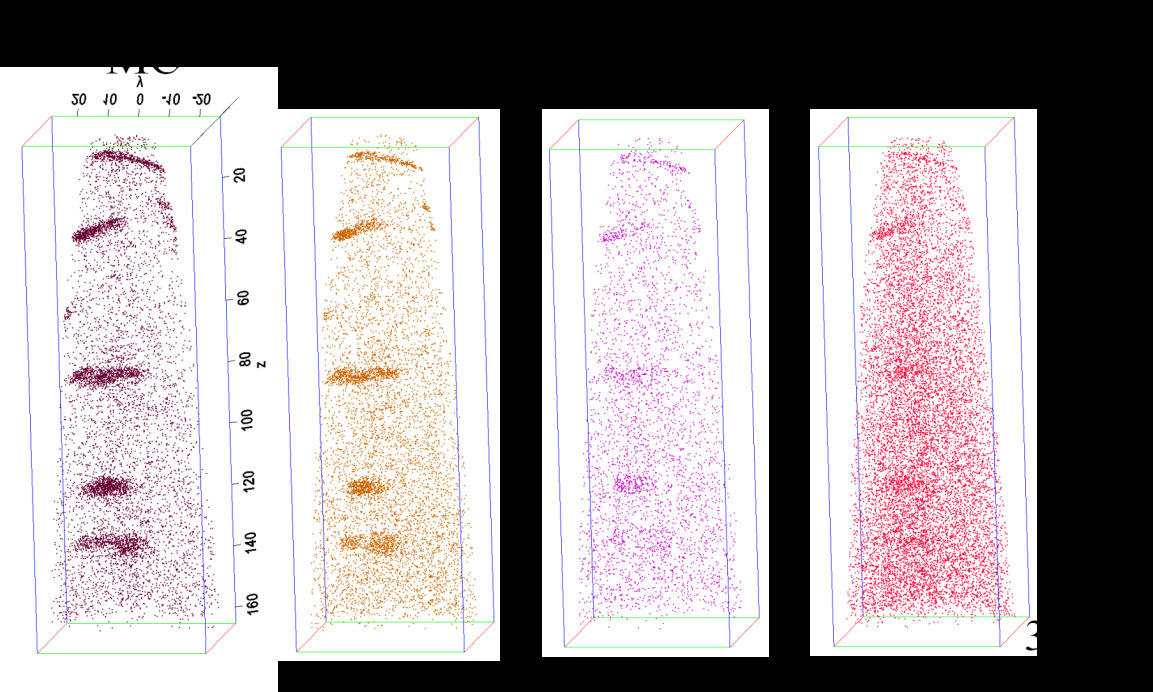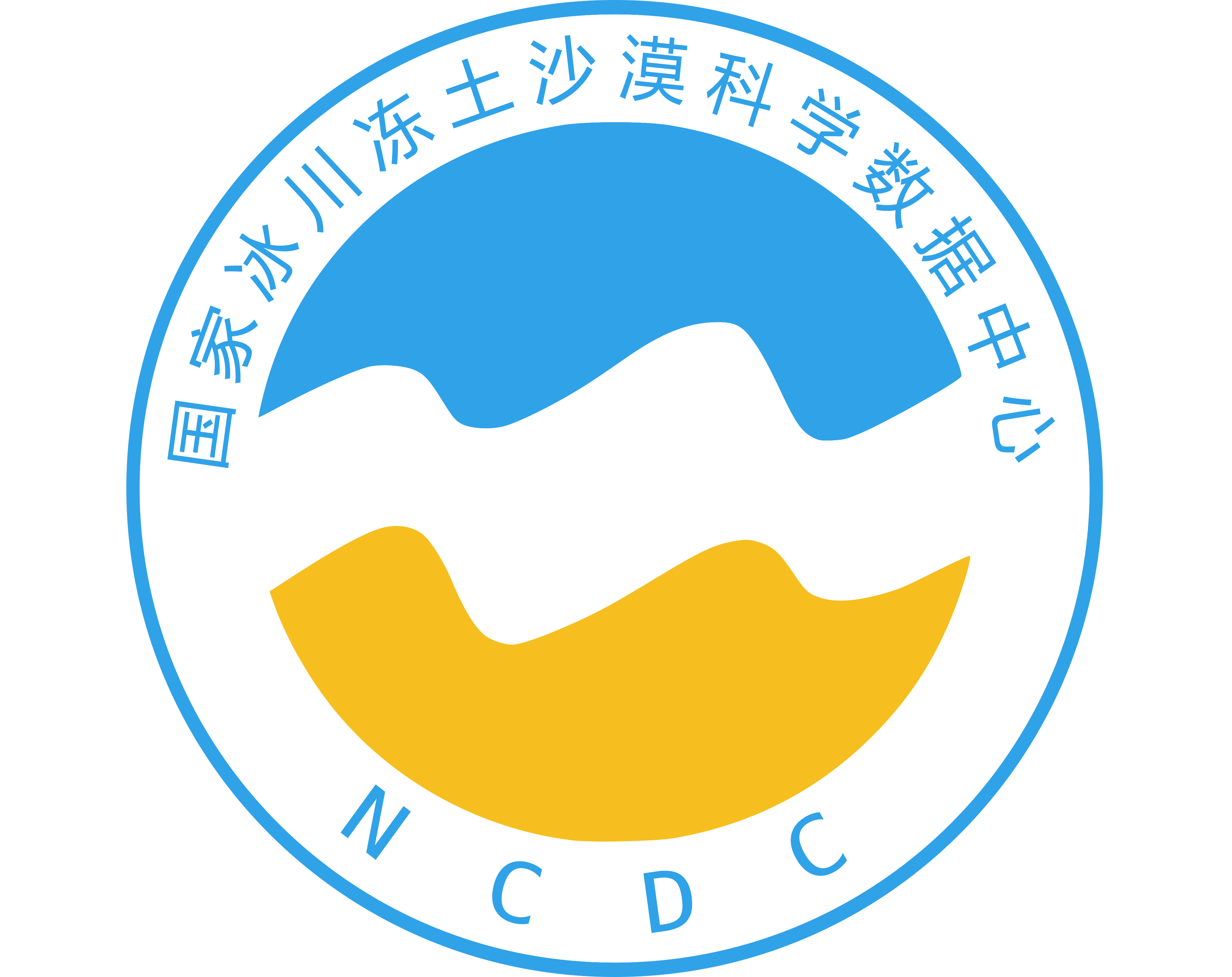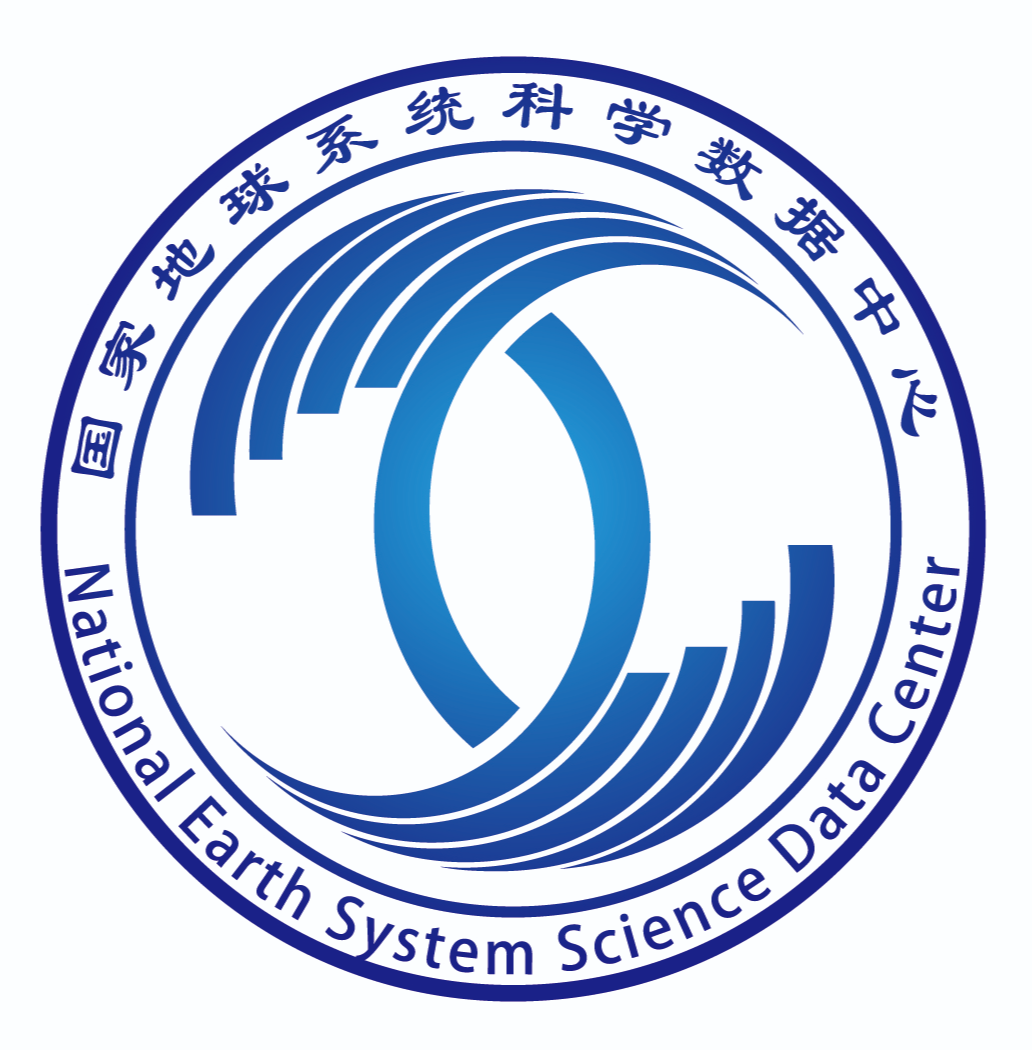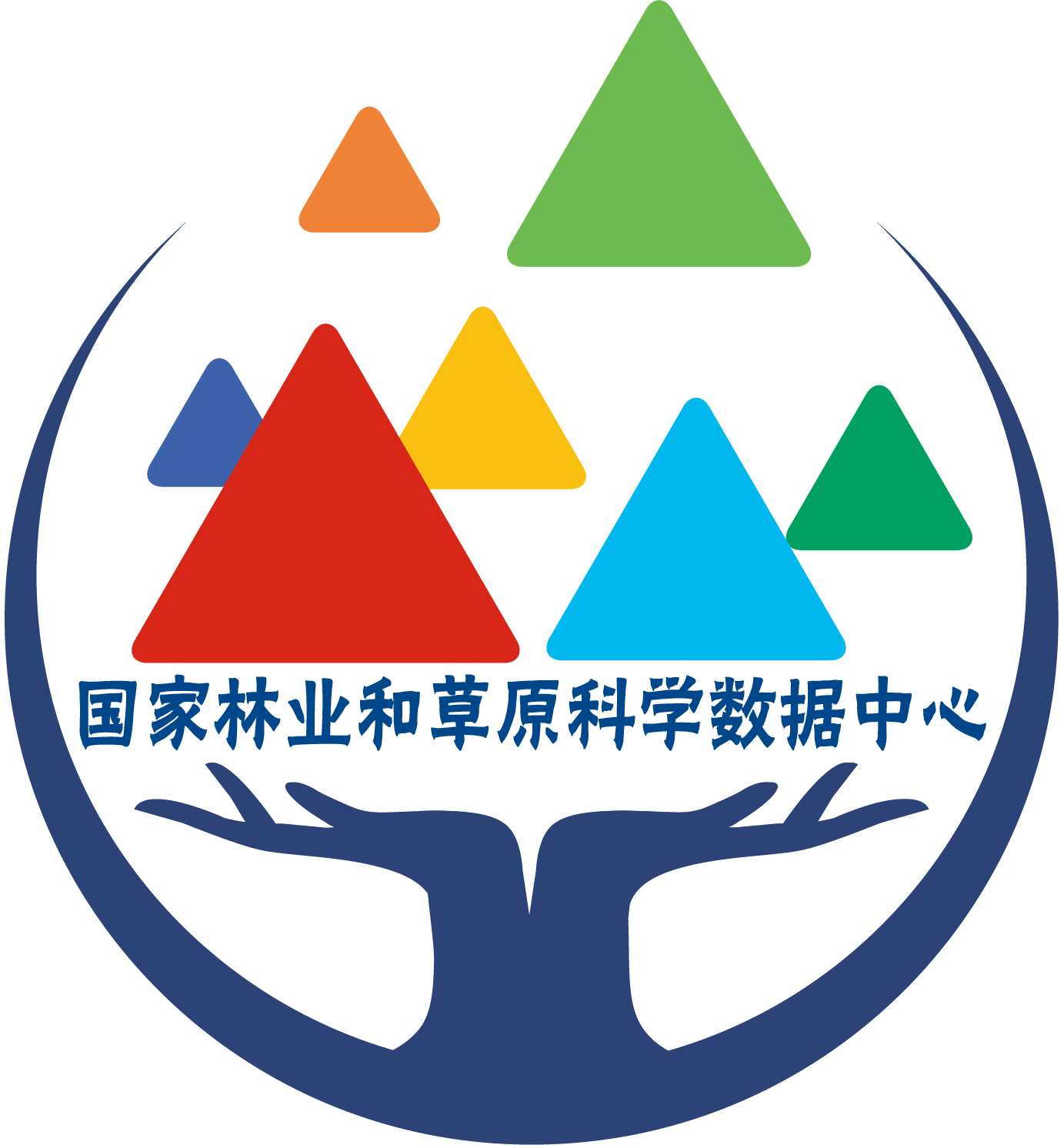名称 : 460MPa抗震耐蚀耐火钢600℃ 3h3DAP
英文名称 : 460MPa Seismic Corrosion Resistant Refractory Steel 600 ° C 3h3DAP
材料 : 535
委托单位 : 钢铁研究总院工程用钢所
实验单位 : 钢研纳克材料检测股份有限公司
实验方法 : 3DAP分析
实验设备 : Cameca Leap 4000 HR型三维原子探针
实验条件 : 600℃保温3小时
说明 : 采用线切割将样品切割成0.5 mm×0.5 mm×20 mm的方形细棒。通过两步电解抛光制备成曲率半径小于100 nm的针尖样品。在Cameca Leap 4000 HR型三维原子探针进行试验,在20~70K的温度下给针尖样品上加直流电压,再叠加一个直流脉冲电压使原子能够逐层电离并蒸发,利用飞行时间质谱仪测定离子的质量与电荷之比来确定该离子的种类。发现碳化物形成元素发生明显地聚集。
英文说明 : The sample was cut into 0.5 mm × 0.5 mm × 20 mm square rods by wire cutting. A tip sample with a curvature radius less than 100 nm was prepared by two-step electrolytic polishing. The experiment was carried out with a Cameca Leap 4000 HR three-dimensional atomic probe. A DC voltage was applied to the tip sample at a temperature of 20-70 K, and a DC pulse voltage was superimposed to allow the atoms to be ionized layer by layer and evaporated. A time-of-flight mass spectrometer was used to determine the mass-to-charge ratio of the ions to determine the type of the ion. It was found that the carbide forming elements aggregated obviously.
数据来源 : 3DAP分析
重点项目名称 : 建筑结构用抗震耐蚀耐火钢-新一代建筑结构用钢的组织调控和性能稳定化关键技术研究数据集






















